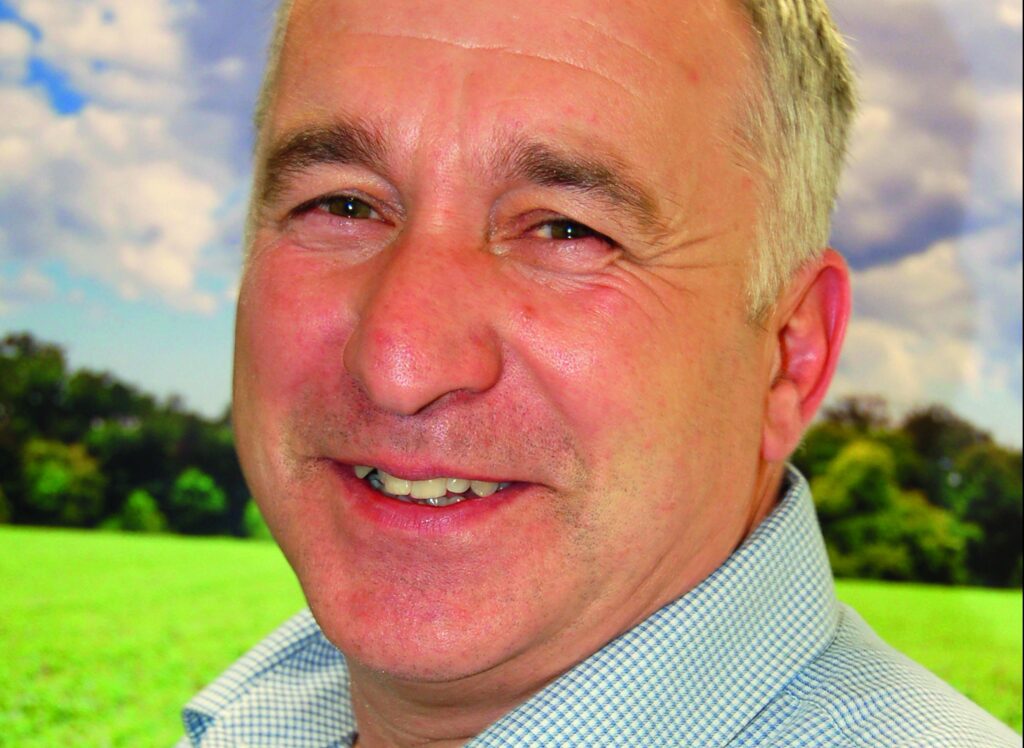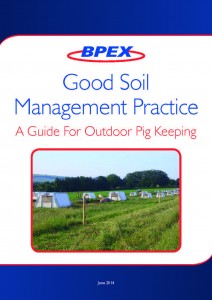If we’re to ensure a future for outdoor pig production, the importance of taking practical steps to protect and safeguard drinking water quality must be considered from the outset when planning production sites. That was the key message given to producers at a regional meeting AHDB Pork meeting on the topic held in East Anglia in partnership with Anglian water.
AHDB Pork’s knowledge exchange manager for the East, Andrew Palmer, says that although there have been no reported cases of outdoor pig units contaminating drinking water sources so far, it’s important that action is taken now.
“It’s vital that the industry takes a proactive rather than reactive approach because when not managed correctly, outdoor pig units have the potential to contaminate drinking water sources with silt, faecal matter, nitrates and phosphates,” he adds.
“And, in worst-case scenarios, units found to be contaminating water sources, such as boreholes, could be shut down or incur large penalties. It’s therefore important that we take steps to help safeguard drinking water quality at source.”
Andrew says it’s not a case of “pointing the finger”, but ensuring that the industry works collaboratively to secure a future for outdoor pig producers.
“It was great to see the meeting bringing together producers and industry stakeholders,” he says. “The discussion on the issues and the advice that was presented on how to mitigate the contamination risk were definitely worthwhile.”

Among those attending was AHDB Pork board member Simon Watchorn, who runs a 600-sow outdoor breed-to-finish unit on land near Bungay, Norfolk.
“The meeting was very informative and presentations from Anglian Water, the Environment Agency (EA) and Suffolk Farming & Wildlife Advisory Group (FWAG) identified that site planning is key,” he says.
“First, before planning a site, farmers need to be aware of any environmentally sensitive features of the land, including where boreholes are situated. I have to admit this was something I had overlooked before the meeting. However, I’ve since found out that my unit doesn’t lie in a protected water zone by using the EA’s, What’s in Your Backyard website (see: www.wiyby.co.uk).
“I was surprised at how easy the tool is to use. You just need to enter your postcode and electronic maps will illustrate if your site is located within a Drinking Water Protected Area (DWPA) or a Source Protection Zone (SPZ).”
Simon says safeguarding drinking water quality has always been high on the agenda for all of his sites.
“Even though my sites aren’t located in drinking water protected zones, site planning and the implementation of management techniques, with a view to safeguard drinking water quality, has always been important,” he adds. “I believe that this process is key to a unit’s overall success and the benefits definitely outweigh the extra work.
“I plan all of my units with three areas in mind; the convenience of myself and my staff; the convenience of the pigs; and the wider environment. This ensures that I’m building the best site possible for my pigs while protecting the environment.”
Simon believes that good soil management forms the basis of any strategy to minimise the risk of drinking water contamination by reducing the potential for surface water run-off and erosion.
“I always consider factors such as soil type, topography, location and connectivity to watercourses, as well as previous management practices, as they can all impact risk levels to water quality.
“Where possible, all exit points are located towards the top of the unit to avoid water running to the lowest point of the field and into watercourses.
“Internal roadways are also strategically located, and we’ve installed dry ditches so that water from the roadways can drain into a dry ditch rather than a live water source. These are all relatively simple steps to implement but, I believe they’re key.”
Simon also subsoils his sites before and after use, which is a technique endorsed by Andrew Palmer.
“Subsoiling is a great way of loosening the soil and can help undo the negative effects of compaction, restoring the soil to good condition where air and water can permeate,” Andrew says. “On sites that are heavily compacted, if they aren’t subsoiled, when heavy rain falls the surface water is more likely to run straight across the top of the soil rather than being absorbed.
“More information on subsoiling and removal of soil compaction can be found on the AHDB Pork website. I’d suggest taking a look at the series of short videos as they’ll help you understand the issue and how it can be addressed.
“Other areas for consideration when planning sites is green cover, feeding, stocking rates and buffer strips. All of this is covered in the AHDB Pork publication Good Soil Management Practice – A Guide for Outdoor Pig Keeping.”
Andrew says having an initial site plan in place is the first step.
“However, once created it’s important that producers keep revisiting the plan throughout the production cycle to ensure they’re doing all they can to protect drinking water sources at all times,” he adds.
“It’s not just a case of implementing something on a site and then forgetting about it. You need to continually review the different areas and this is where the AHDB Pork soil management plan can be used.
“It’s a working document that producers can use before moving on to a site, during occupancy and then on vacation of the site. It demonstrates diligence to landlords and regulators.
“I’d urge all producers to think about the end goal of safeguarding drinking water quality to guarantee a future for outdoor pig production, and then implement the necessary steps to get there.”
AHDB Pork resources
AHDB Pork has a whole host of resources available to producers and allied industry to help with site planning and soil management:
Videos: Sub-soiling and removing soil compaction
A series of videos, featuring a leading expert, that demonstrate how to assess soil compaction and select and operate different types of subsoiler to loosen the soil efficiently are available to view here: http://pork.ahdb.org.uk/environment-buildings/water-soil-and-air/sub-soiling-and-removing-soil-compaction/
Soil management on
Practical Pig App
Four short video clips on soil management, presented by Tim Schofield, FWAG farm conservation adviser, are available on the Practical Pig App.
The videos cover: soil types, compaction, risk mapping and field gradients and can be viewed here: http://practicalpig.ahdb.org.uk/outdoor-breeding/soil-management
Good Soil Management Practice – A Guide for Outdoor Pig Keeping
This AHDB Pork publication seeks to help producers and advisers understand and manage the soils that they work with to help protect the environment and enhance production.
The guide can be downloaded here: http://pork.ahdb.org.uk/media/72701/good-soil-management-practice-report.pdf
The AHDB Pork soil management plan
The AHDB Pork soil management plan can help outdoor producers assess the risk of soil erosion and damage to land occupied by pigs and identify suitable measures to prevent further damage.
The plan consists of two components: The soil management plan for outdoor pig keepers and the land management plan and can be downloaded from the AHDB Pork website: http://pork.ahdb.org.uk/environment-buildings/water-soil-and-air/soil-management/





